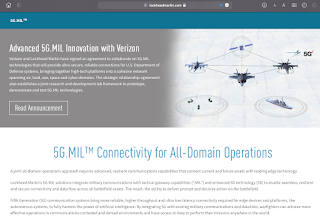At the AWS re:Invent event in Las Vegas, Amazon Web Services (AWS) announced three new Amazon Elastic Compute Cloud (Amazon EC2) instances powered by three new AWS-designed chips.
AWS said its decade long pursuit to develop specialized chip designs have made it possible for customers to run even more demanding workloads with varying characteristics that require faster processing, higher memory capacity, faster storage input/output (I/O) and increased networking bandwidth. Since the introduction of the AWS Nitro System in 2013, AWS has developed multiple AWS-designed silicon innovations, including five generations of the Nitro System, three generations of Graviton chips optimized for performance and cost for a wide range of workloads, two generations of Inferentia chips for ML inference, and Trainium chips for ML training.
AWS uses cloud-based electronic design automation as part of an agile development cycle for the design and verification of AWS-designed silicon.“Each generation of AWS-designed silicon—from Graviton to Trainium and Inferentia chips to Nitro Cards—offers increasing levels of performance, lower cost, and power efficiency for a diverse range of customer workloads,” said David Brown, vice president of Amazon EC2 at AWS. “That consistent delivery, combined with our customers’ abilities to achieve superior price performance using AWS silicon, drives our continued innovation. The Amazon EC2 instances we’re introducing today offer significant improvements for HPC, network-intensive, and ML inference workloads, giving customers even more instances to choose from to meet their specific needs.”
The new services include:
- Hpc7g instances, powered by new AWS Graviton3E chips, offer up to 2x better floating-point performance compared to current generation C6gn instances and up to 20% higher performance compared to current generation Hpc6a instances, delivering the best price performance for high performance computing (HPC) workloads on AWS.
- C7gn instances, featuring new AWS Nitro Cards, offer up to 2x the network bandwidth and up to 50% higher packet-processing-per-second performance compared to current generation networking-optimized instances, delivering the highest network bandwidth, the highest packet rate performance, and the best price performance for network-intensive workloads.
- Inf2 instances, powered by new AWS Inferentia2 chips, are purpose built to run the largest deep learning models with up to 175 billion parameters and offer up to 4x the throughput and up to 10x lower latency compared to current-generation Inf1 instances, delivering the lowest latency at the lowest cost for machine learning (ML) inference on Amazon EC2.



















